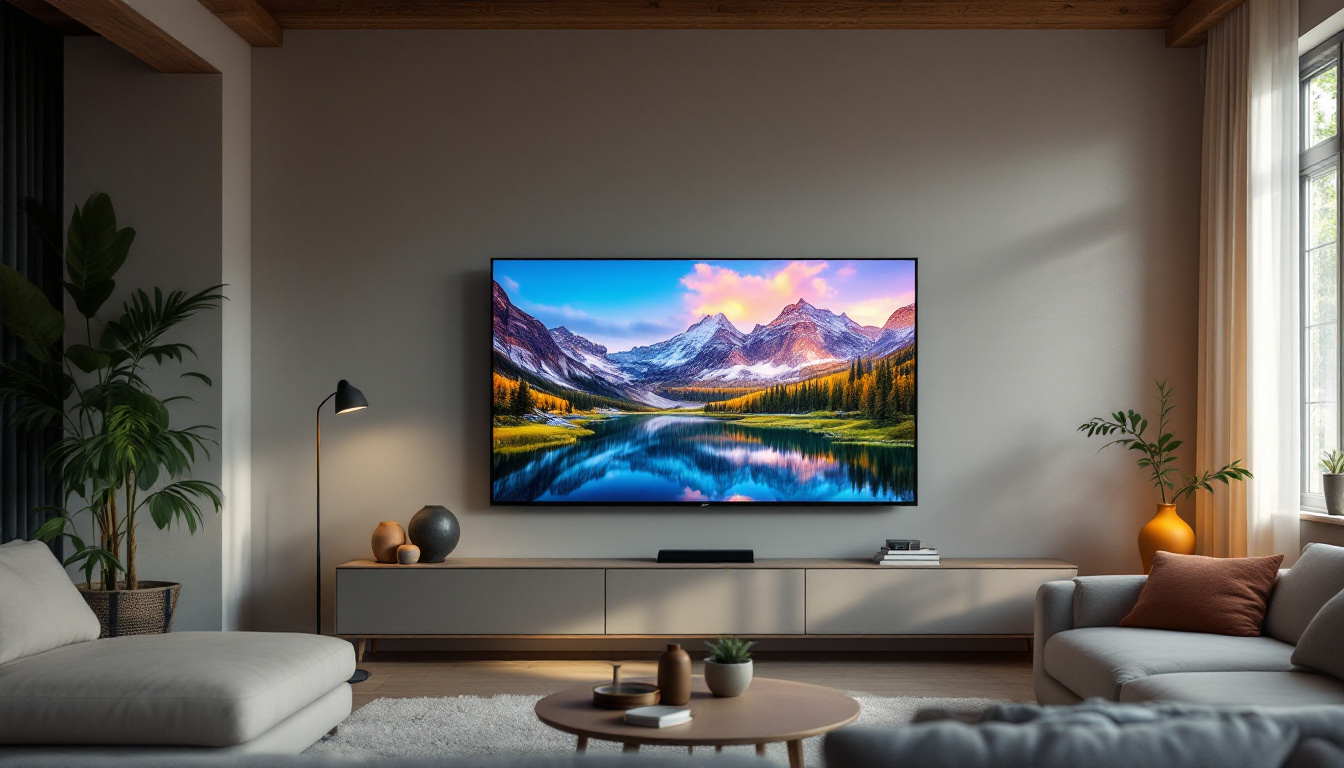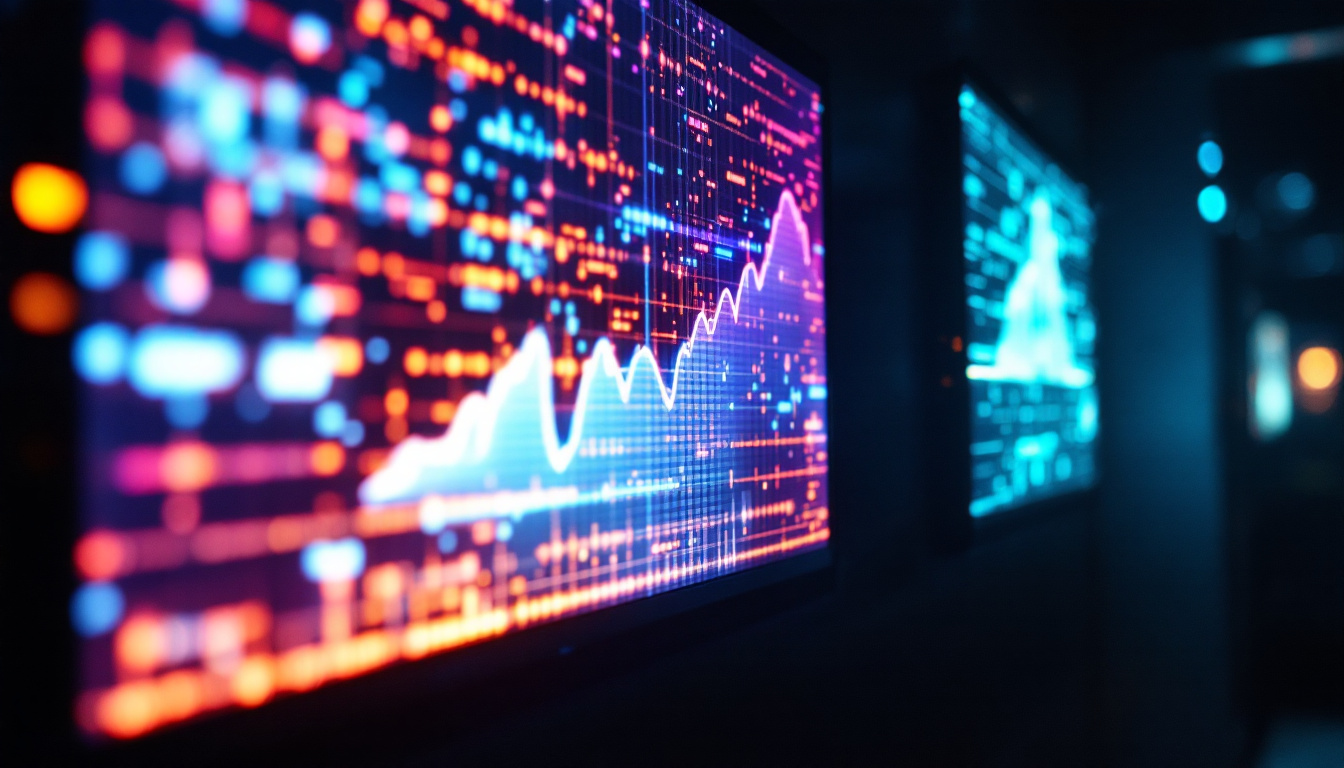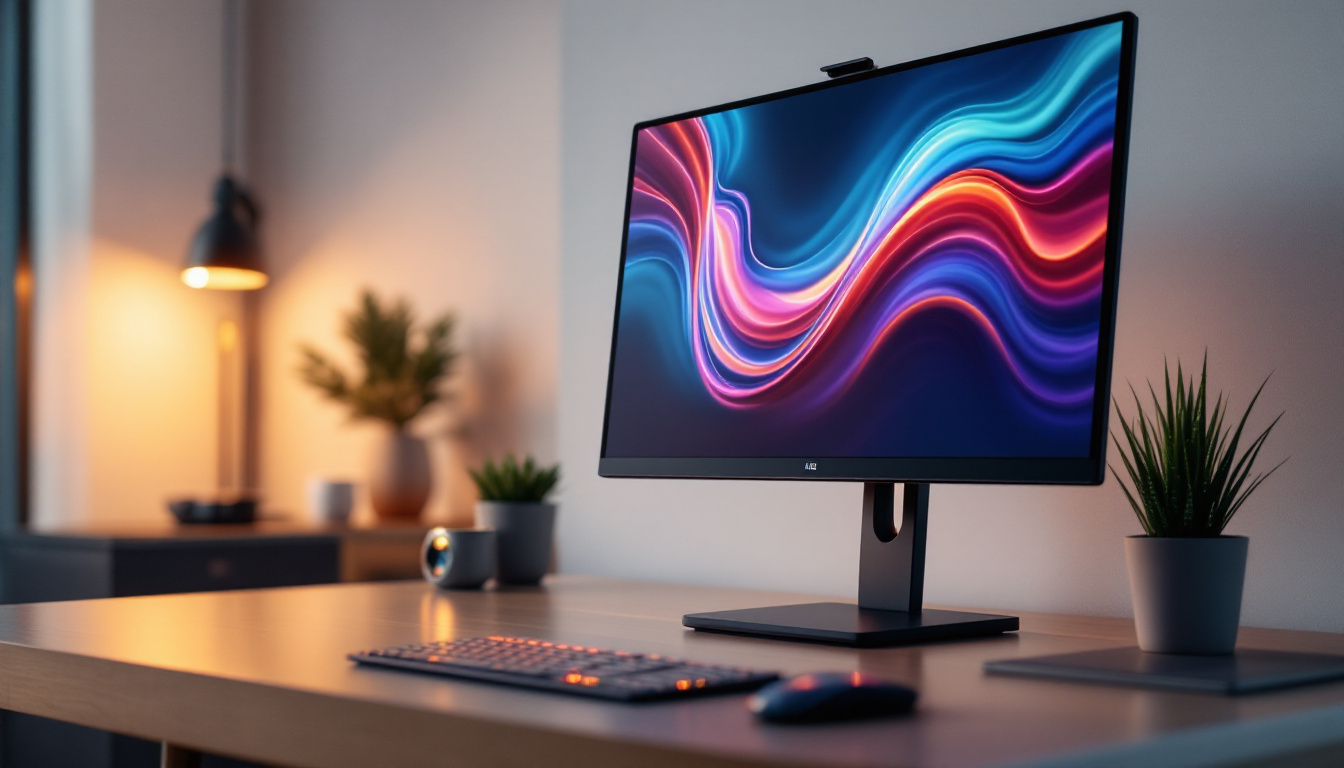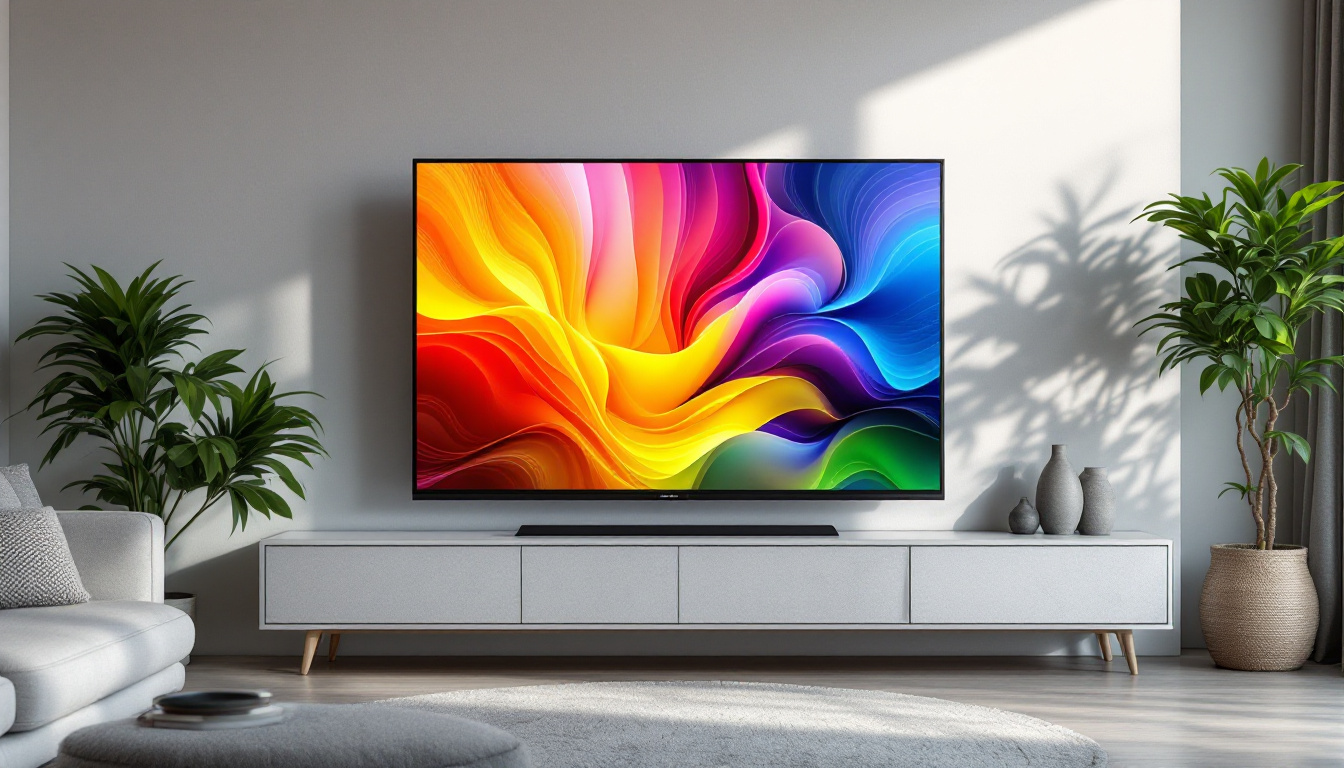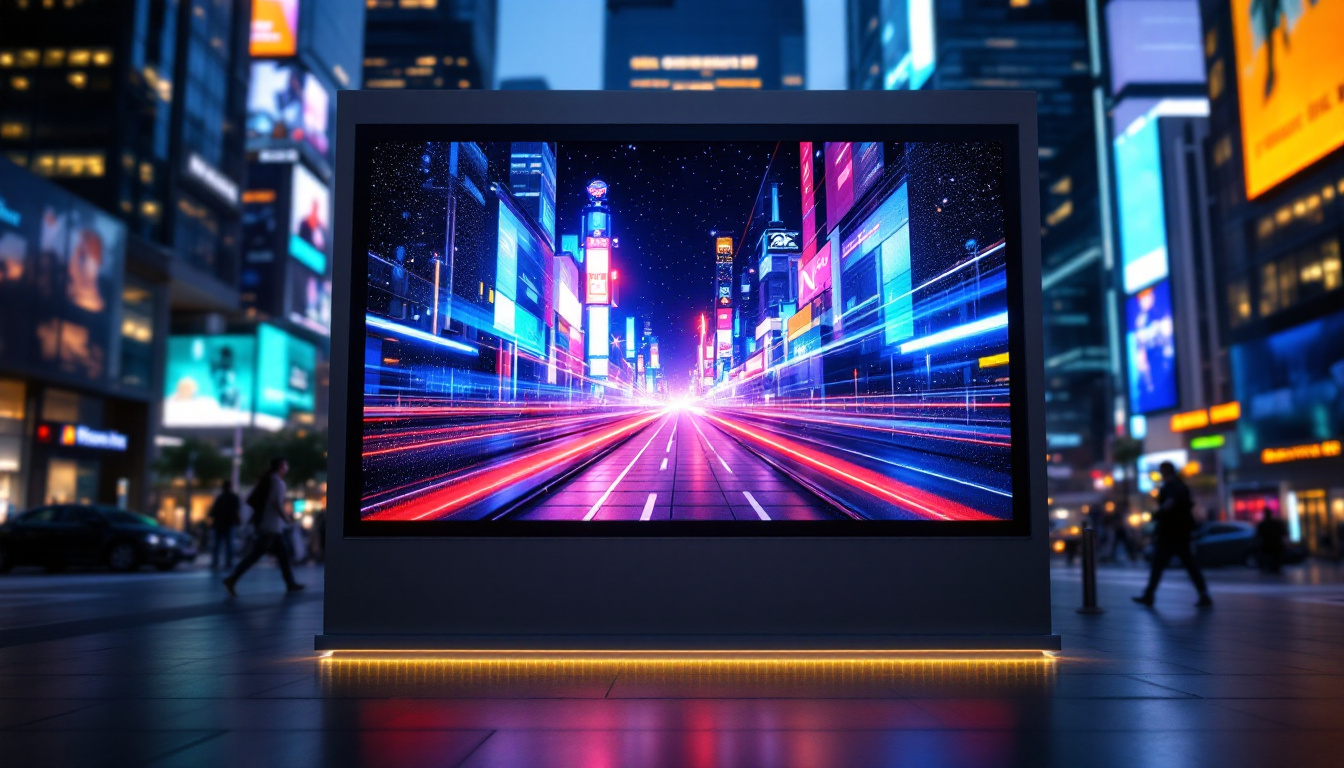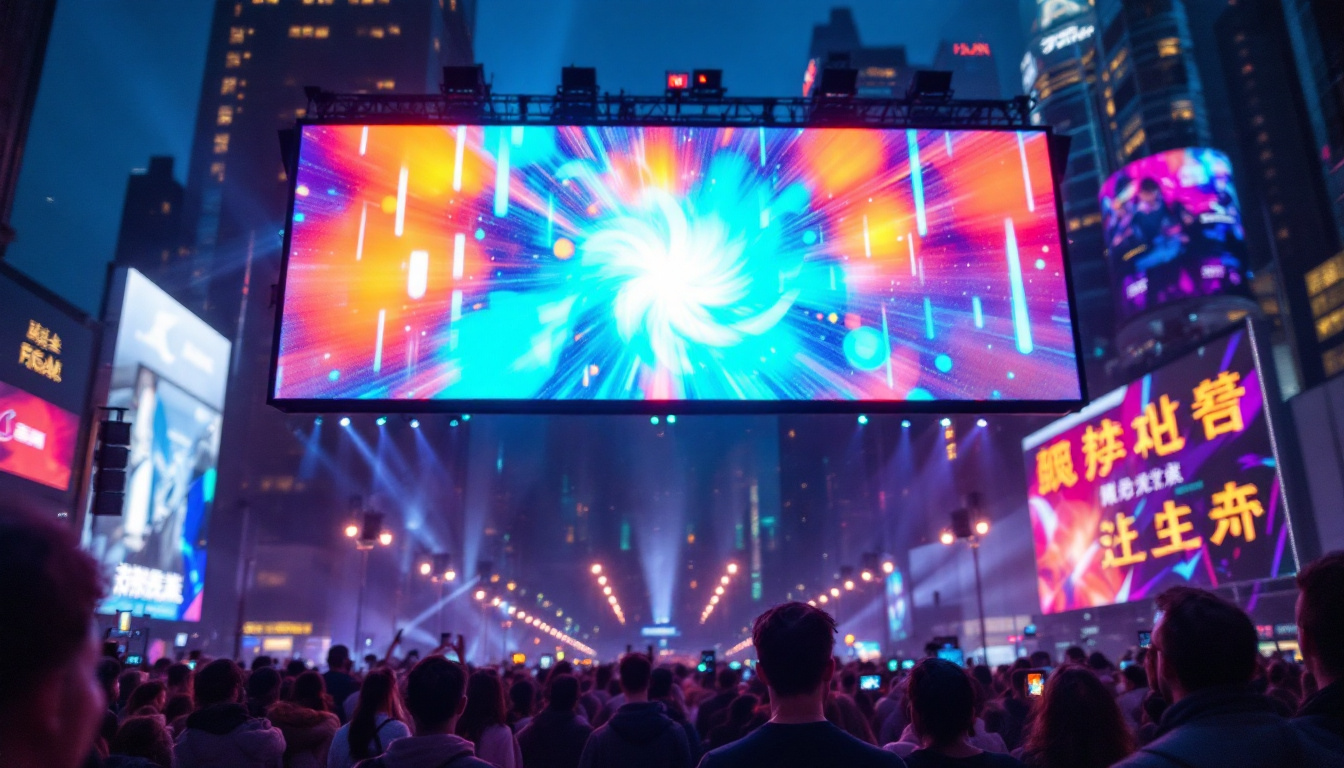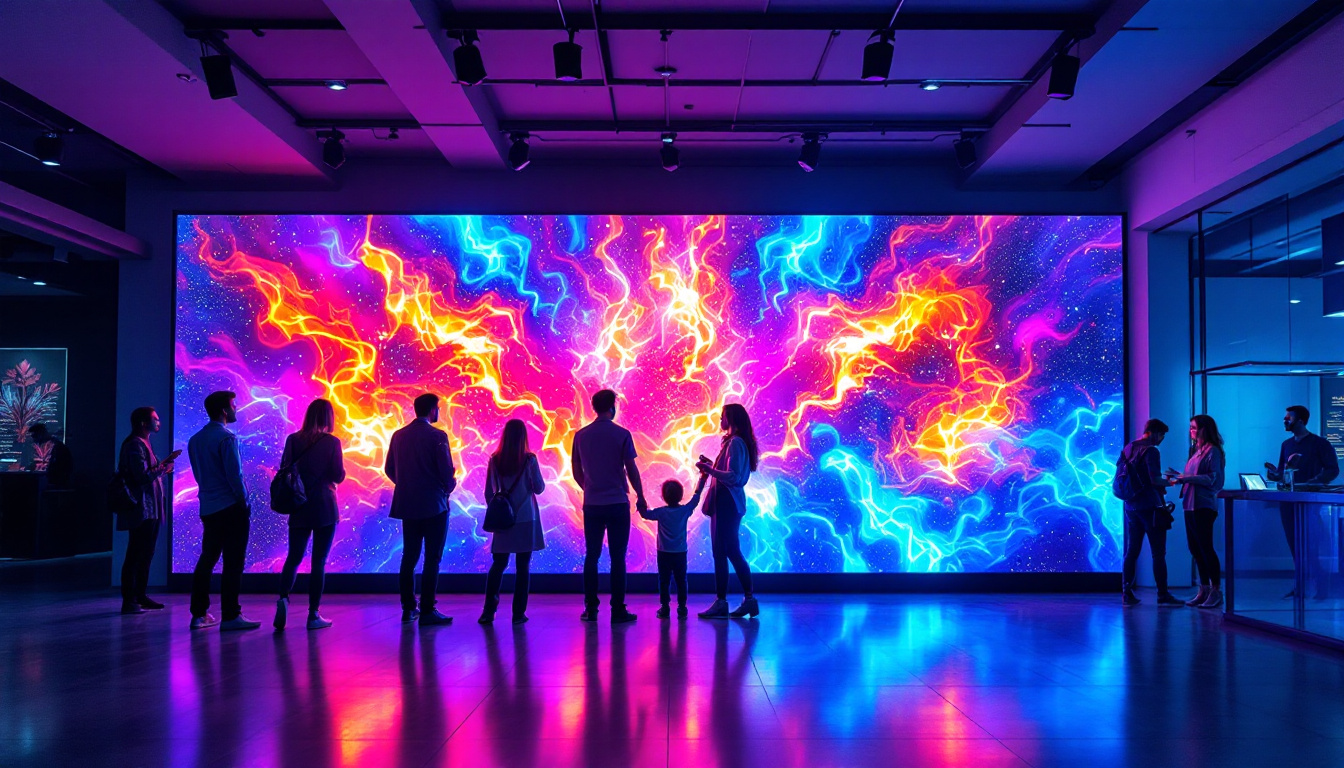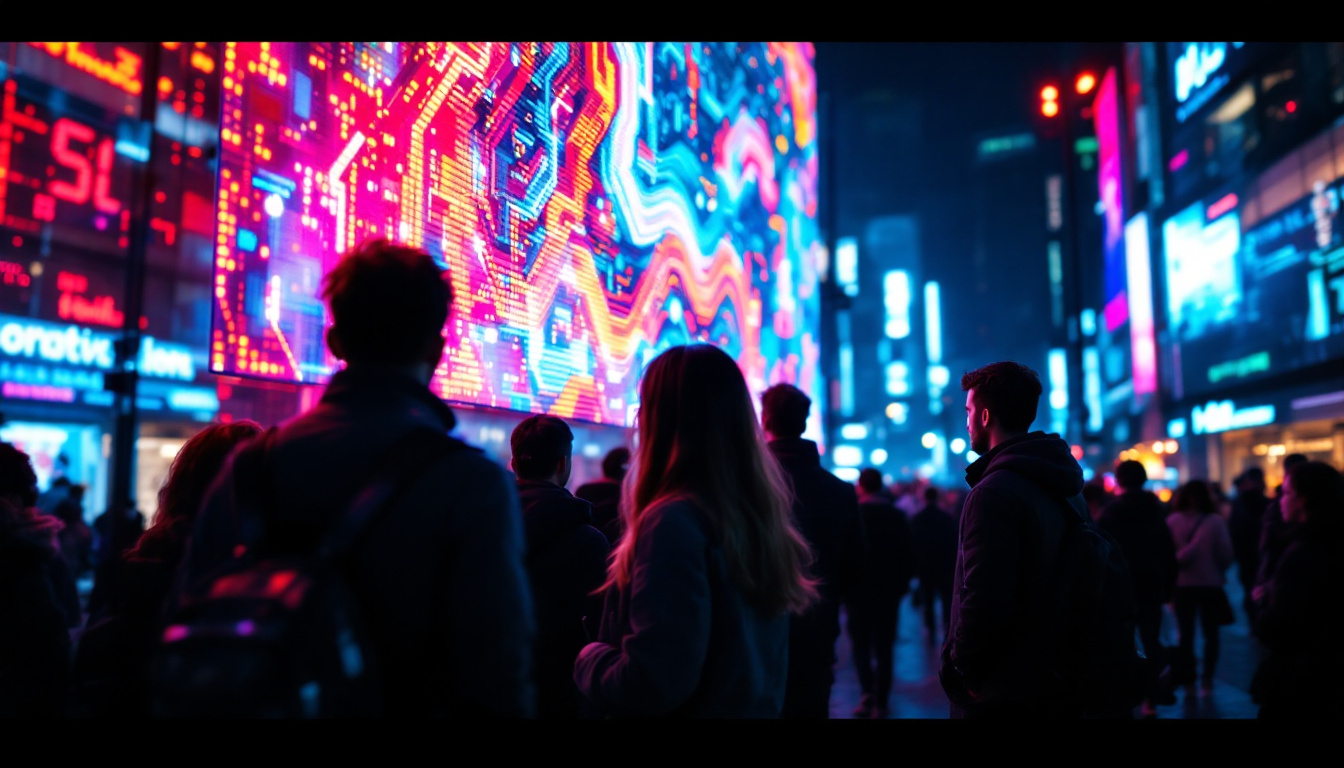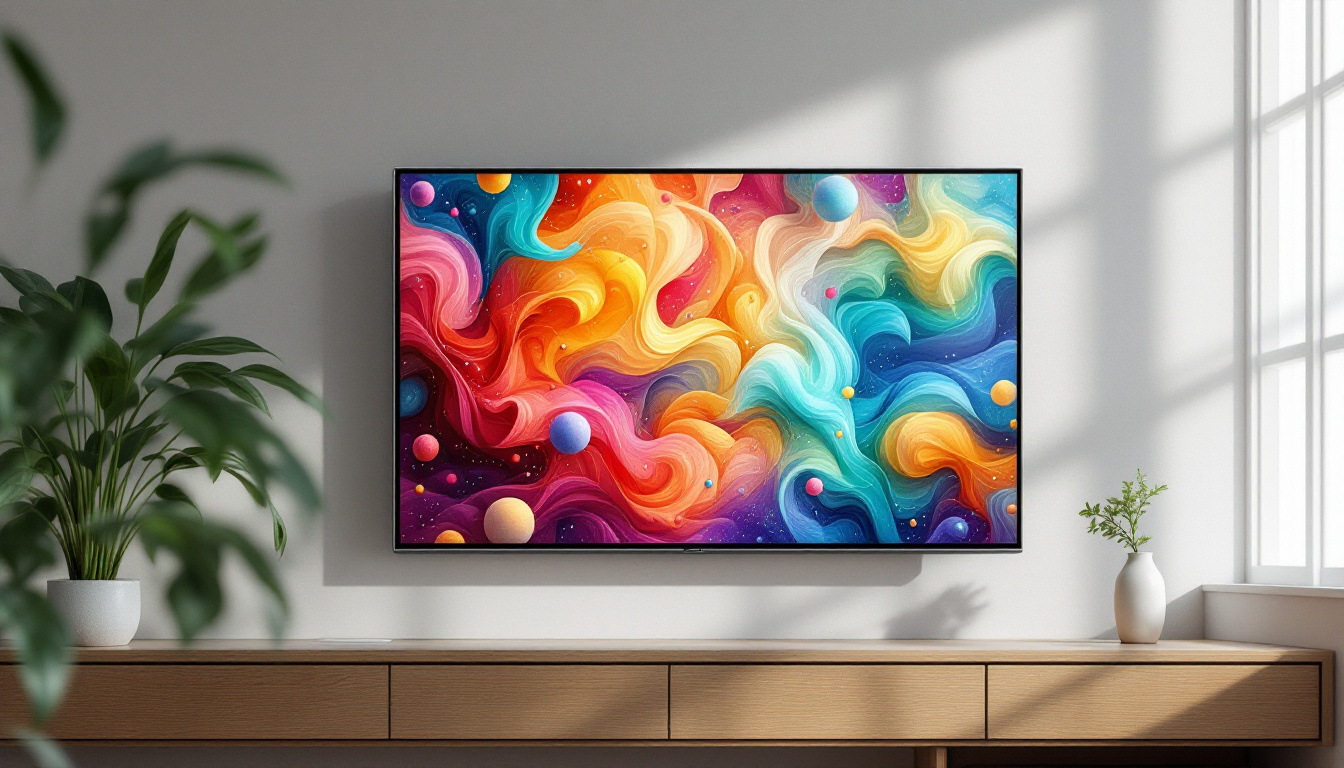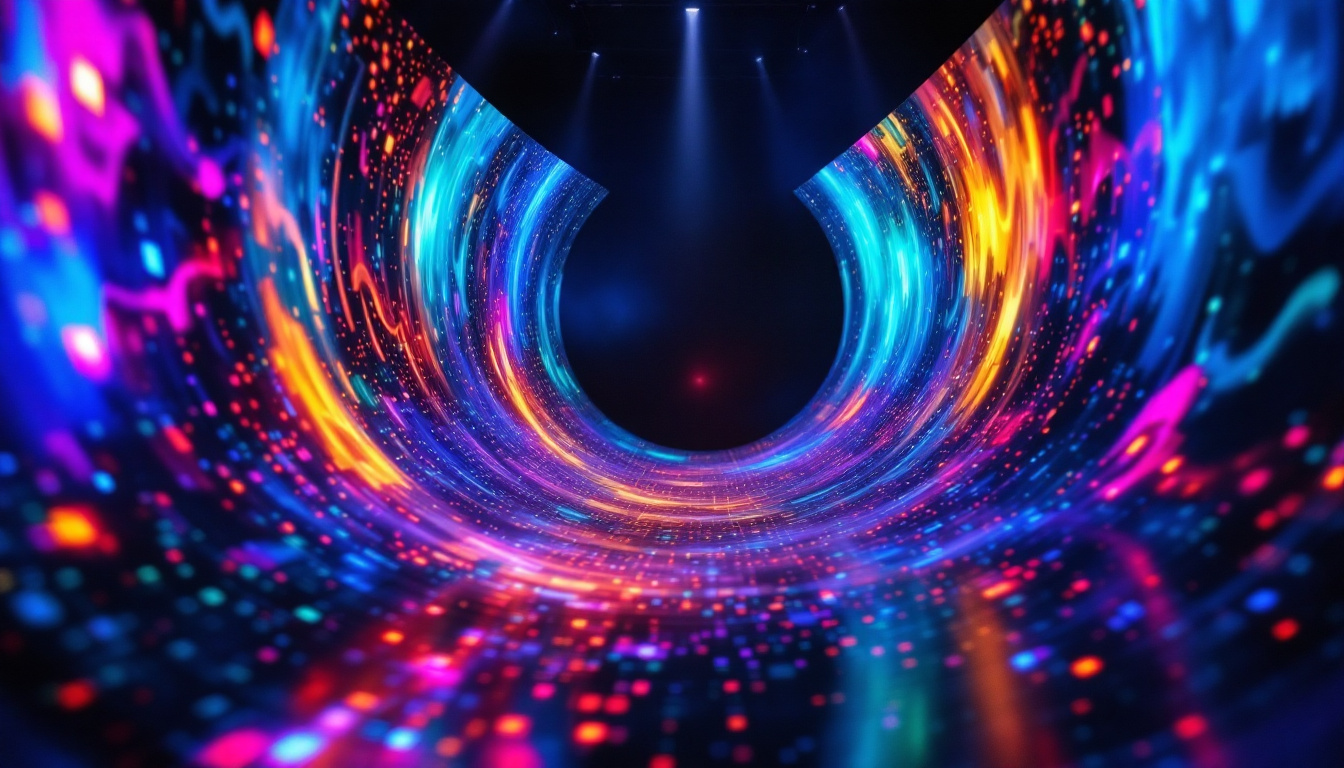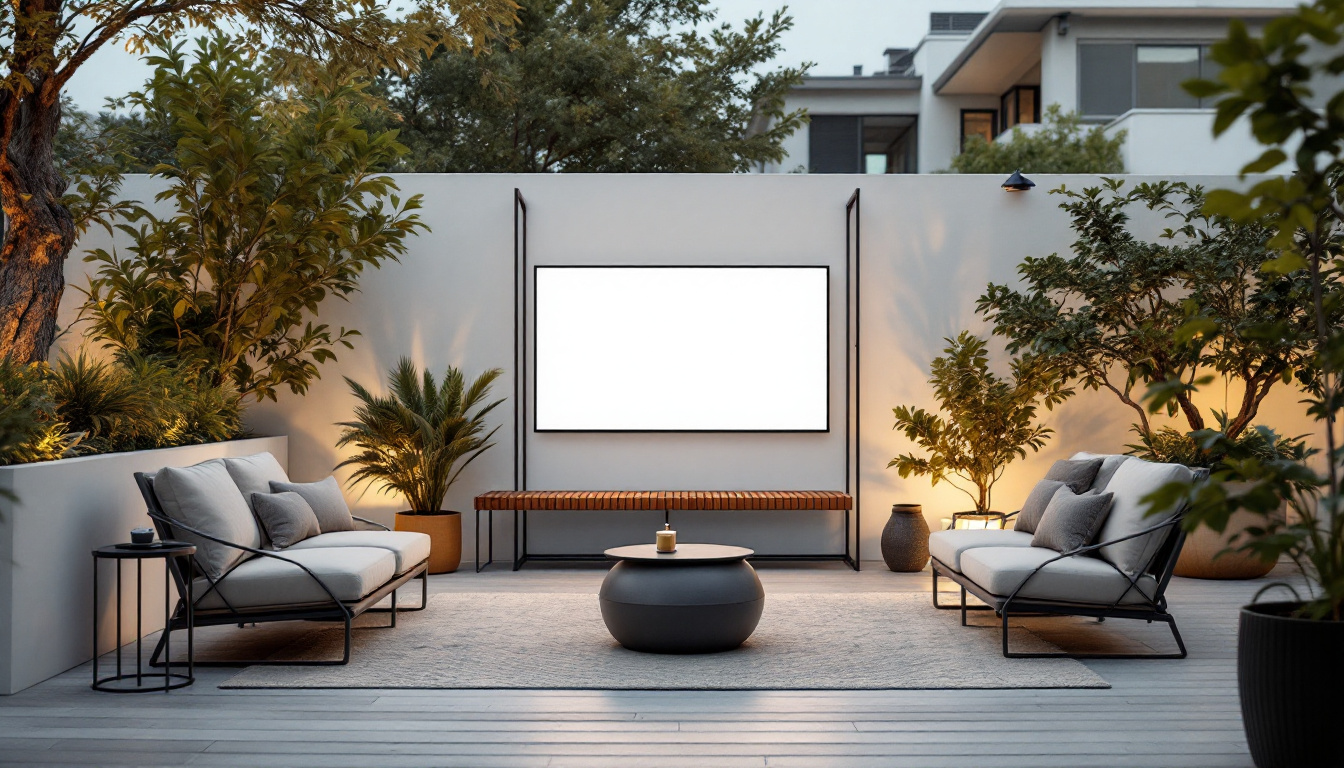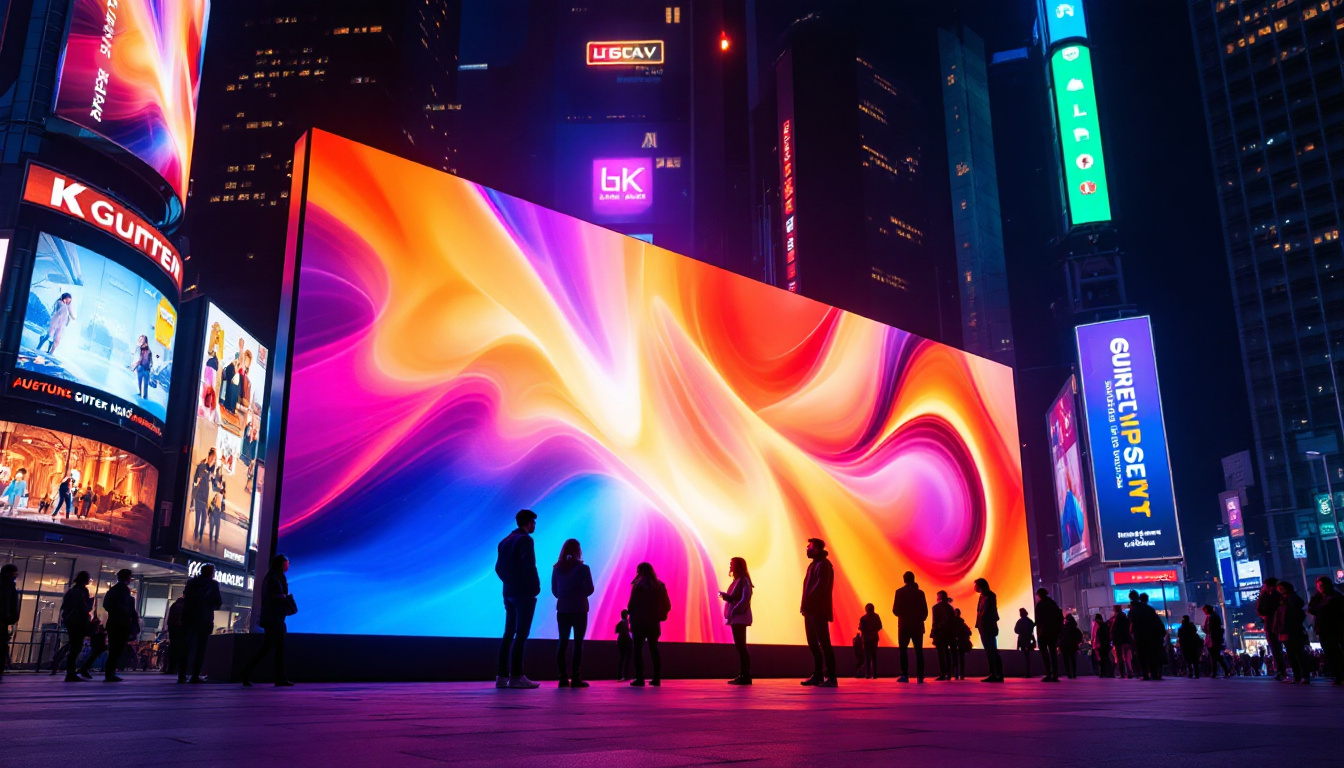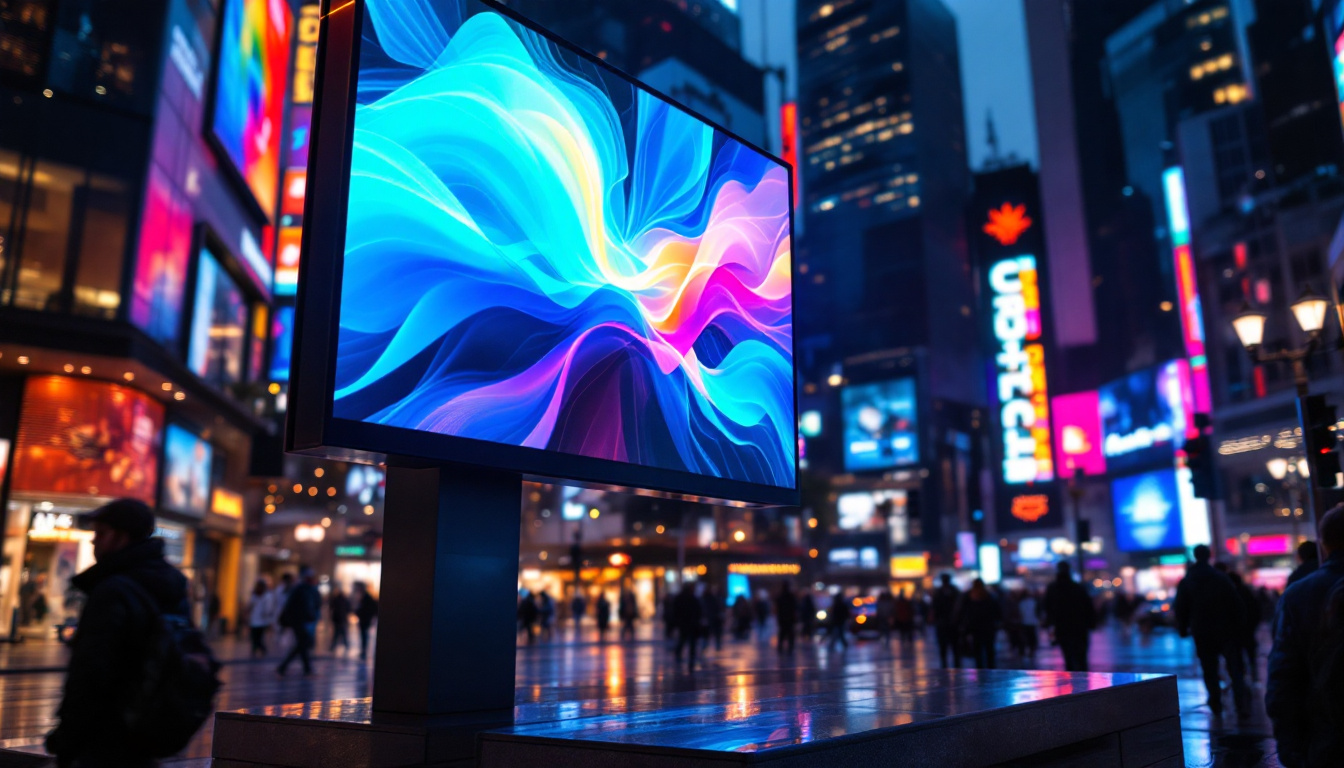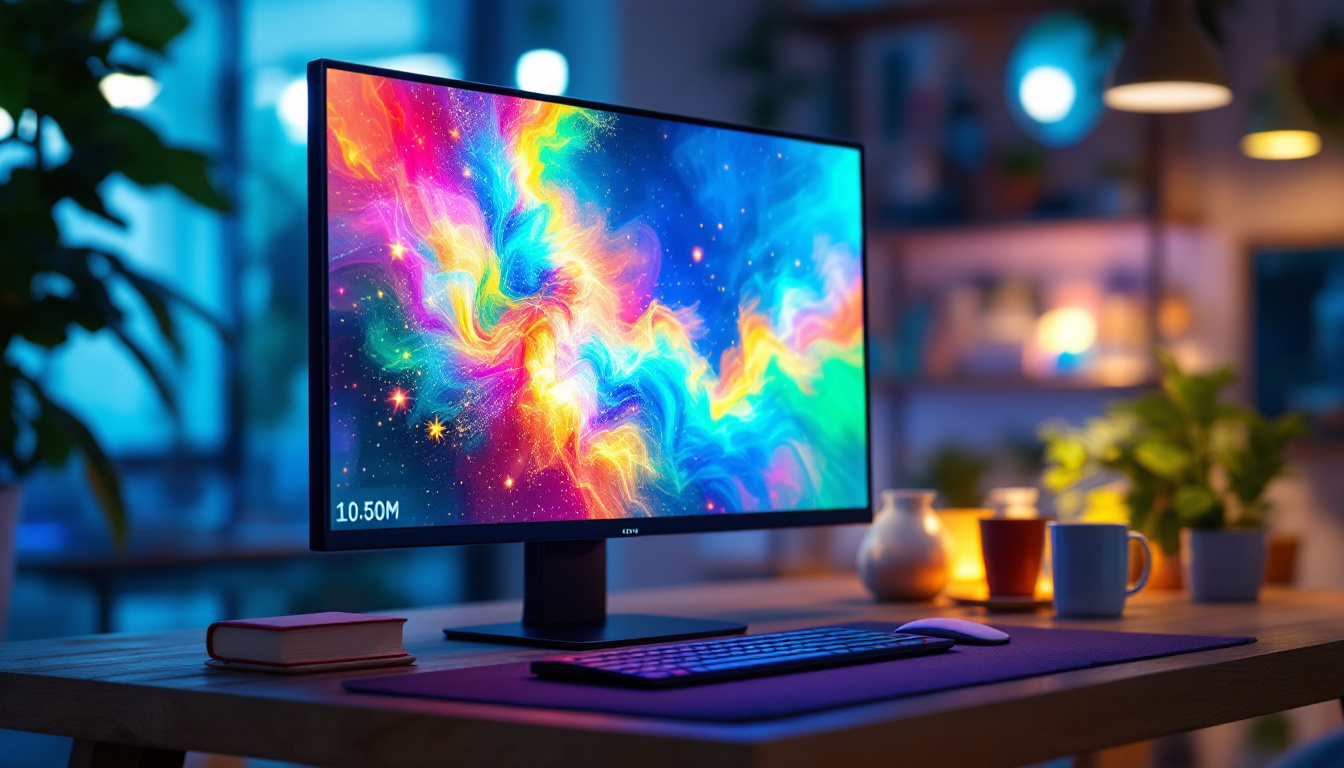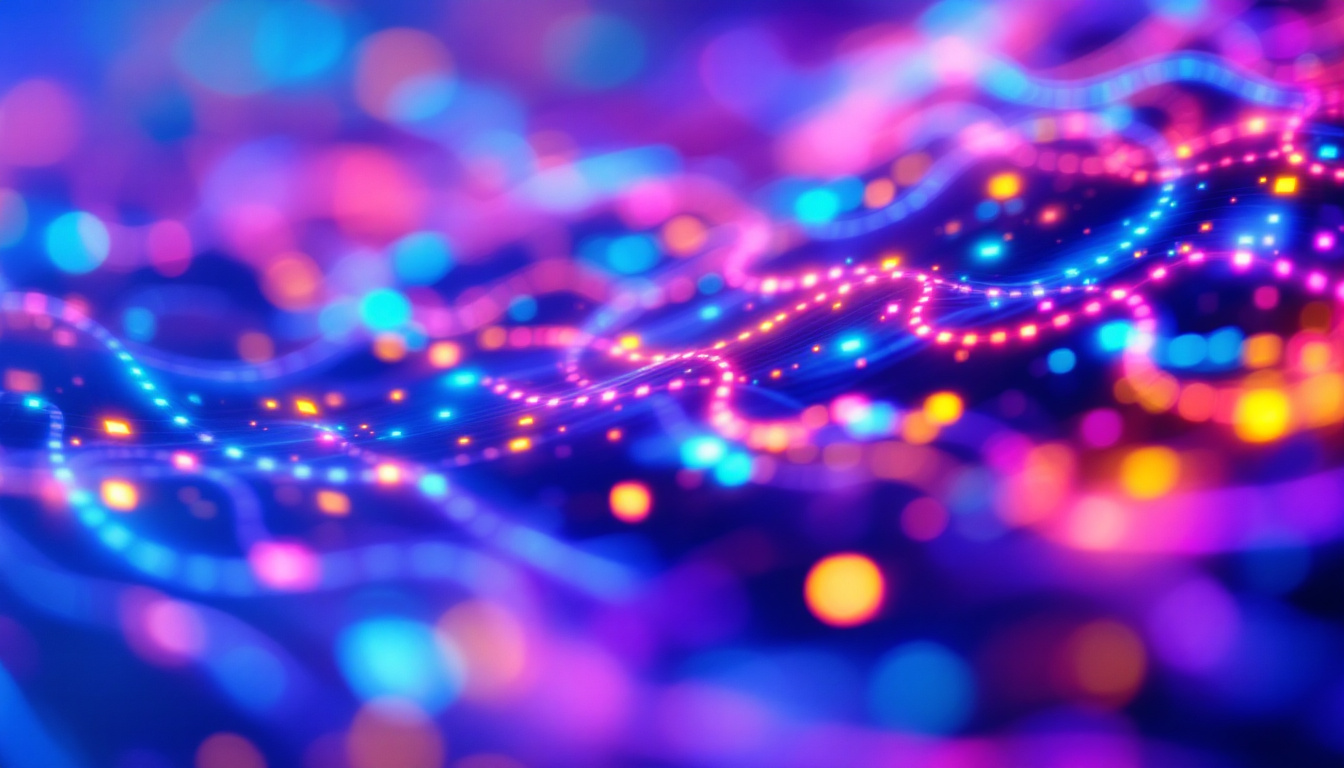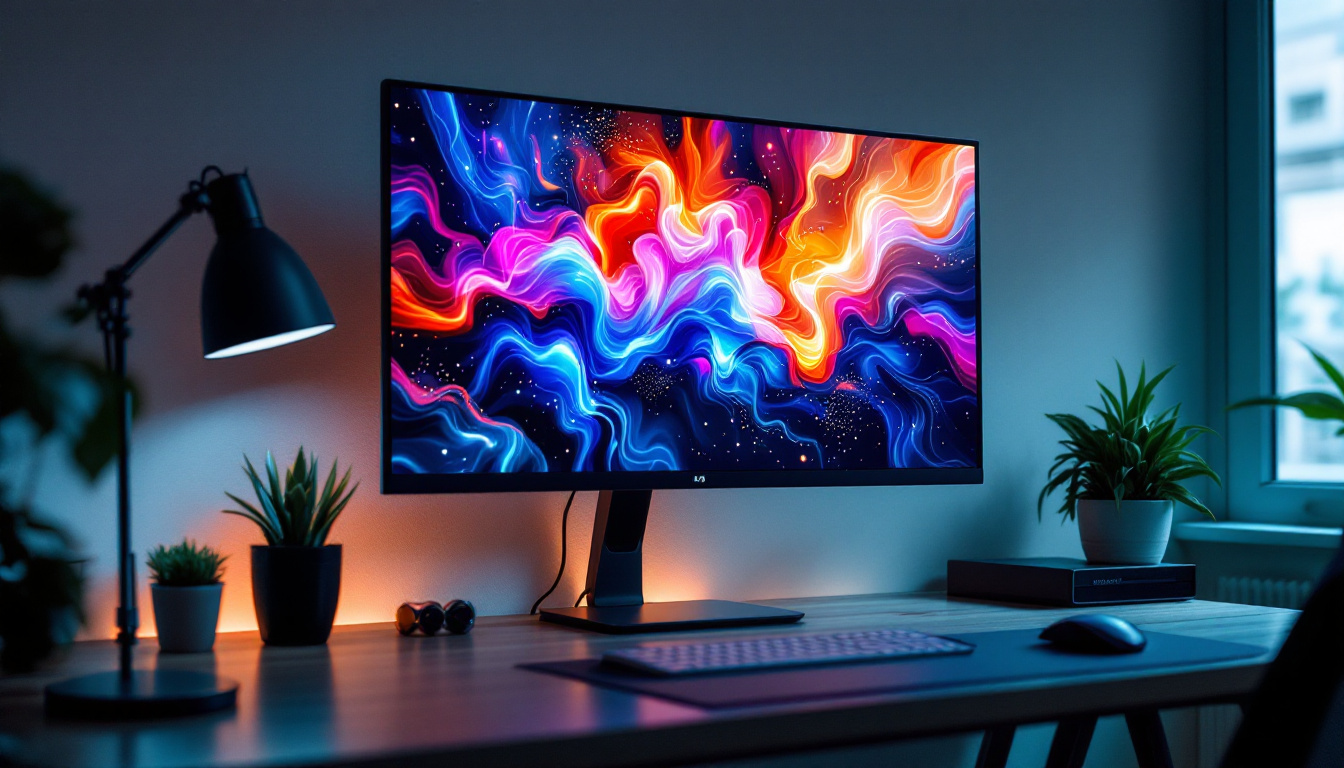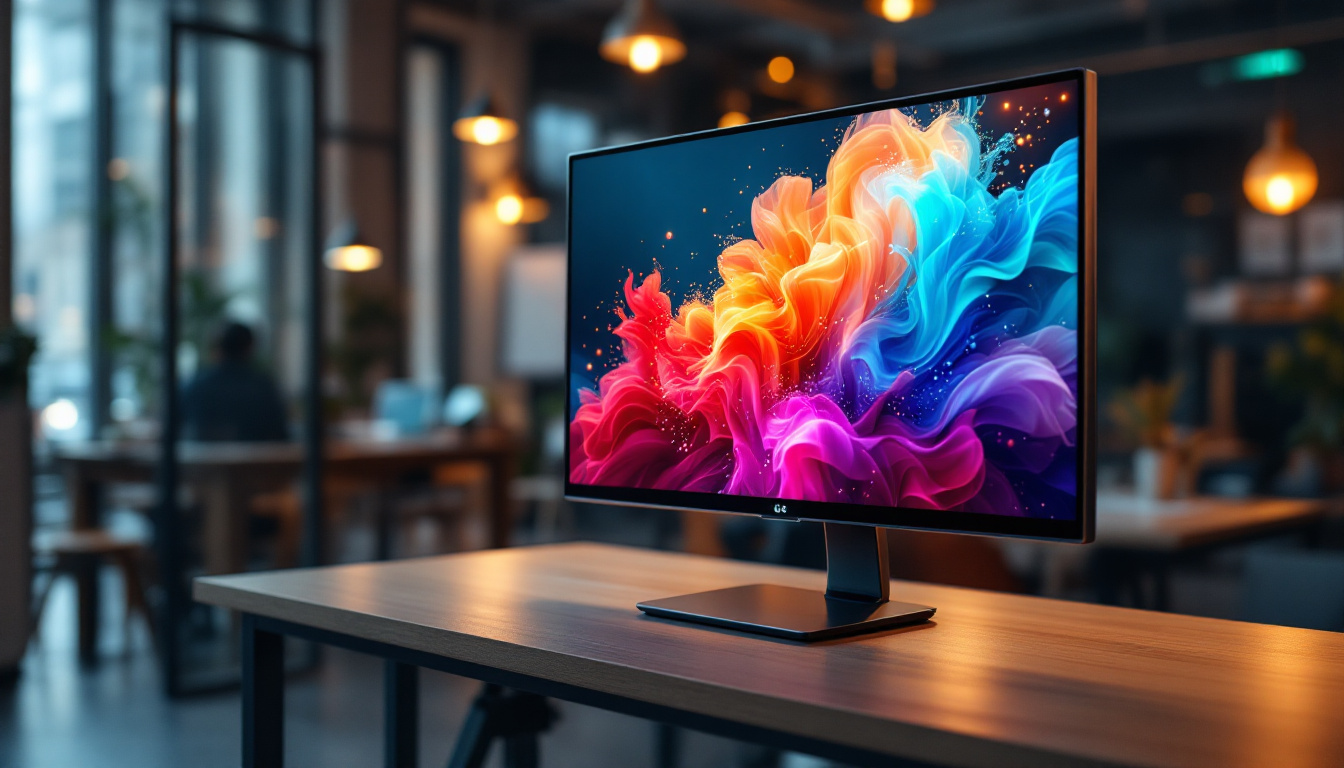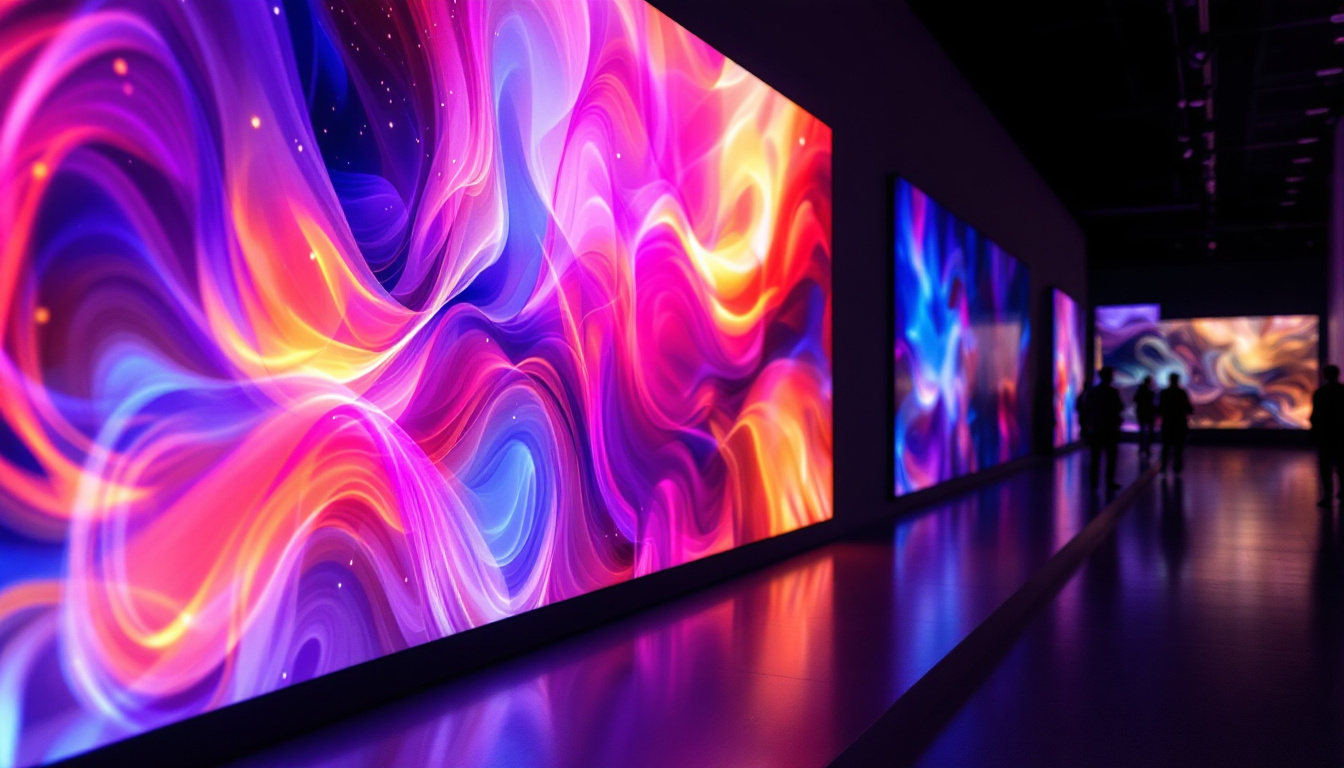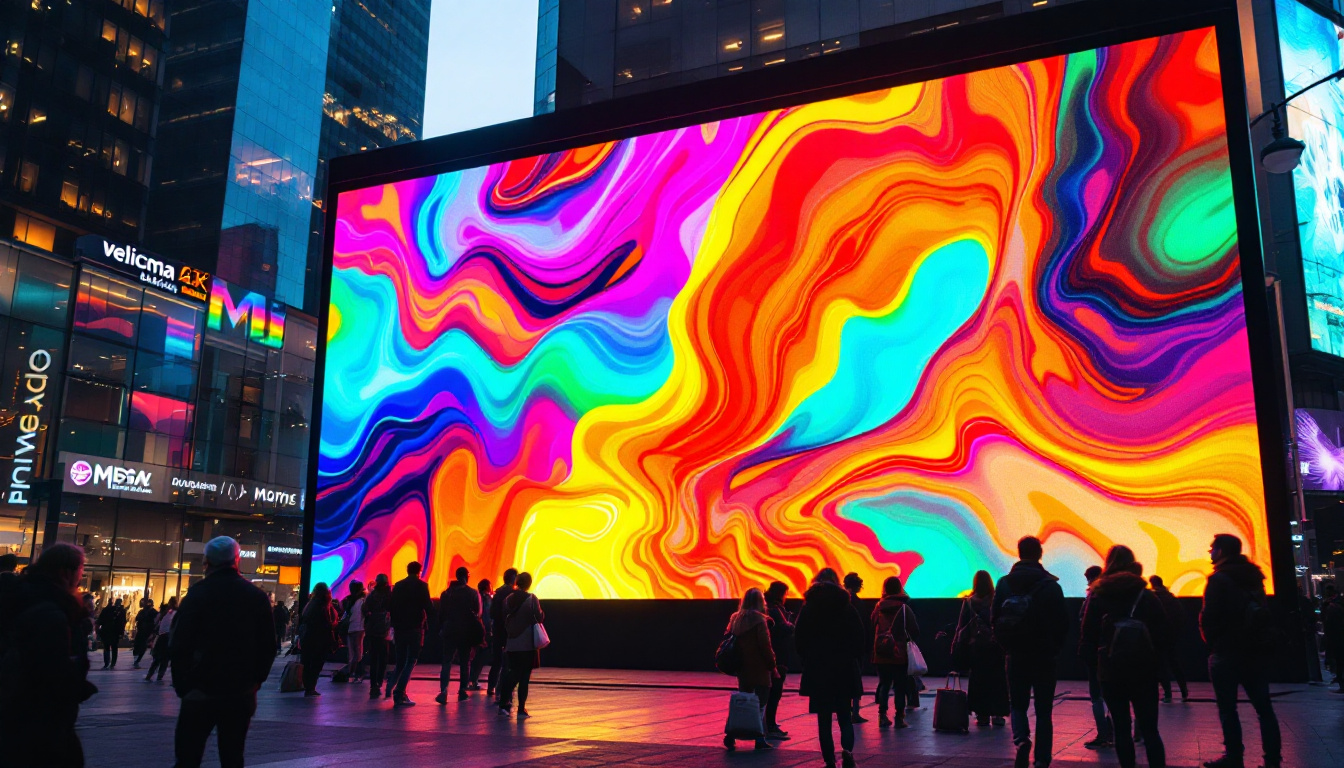Large TV Screens: LED Display Explained
In the ever-evolving world of home entertainment, large TV screens have become a staple in many households. With advancements in technology, LED displays have emerged as a popular choice for consumers seeking high-quality visuals and immersive viewing experiences. This article delves into the intricacies of LED display technology, exploring its benefits, types, and the factors to consider when purchasing a large TV screen.
Understanding LED Display Technology
LED, or Light Emitting Diode, technology represents a significant leap forward in display quality and energy efficiency. Unlike traditional LCD screens that use fluorescent backlighting, LED displays utilize tiny diodes that emit light when an electric current passes through them. This fundamental difference leads to various advantages in terms of picture quality, energy consumption, and design flexibility.
The Basics of LED Technology
At its core, LED technology involves the use of semiconductor materials that emit light when energized. These diodes can be arranged in various configurations to create vibrant images on the screen. The most common types of LED displays include Edge-Lit and Direct-Lit displays, each offering unique benefits and drawbacks.
Edge-Lit LED displays feature LEDs positioned along the edges of the screen, allowing for a thinner design. On the other hand, Direct-Lit displays have a grid of LEDs behind the screen, providing better uniformity in brightness and contrast. Understanding these configurations is crucial for consumers looking to make an informed decision when purchasing a large TV screen. Furthermore, advancements in technology have led to the development of Full Array Local Dimming (FALD), which enhances the contrast ratio by allowing specific zones of the screen to dim independently, resulting in an even more dynamic viewing experience.
Benefits of LED Displays
LED displays offer numerous advantages over traditional display technologies. One of the most notable benefits is their superior picture quality. The ability to produce deeper blacks and brighter whites enhances the overall viewing experience, making LED screens ideal for watching movies, sports, and playing video games.
Additionally, LED displays are more energy-efficient than their predecessors. They consume less power, which translates to lower electricity bills and a reduced carbon footprint. This energy efficiency is particularly appealing to environmentally conscious consumers. Beyond energy savings, LED technology also boasts a longer lifespan compared to traditional displays, often lasting up to 50,000 hours or more. This longevity not only provides value for money but also reduces the frequency of replacements, contributing to less electronic waste in landfills.
Moreover, LED displays are increasingly versatile, finding applications beyond home entertainment. They are widely used in commercial settings, such as digital signage, advertising billboards, and even in architectural lighting. The ability to create large-scale displays with stunning clarity and brightness makes LED technology a favorite among businesses looking to capture consumer attention. As the technology continues to evolve, innovations like MicroLED and MiniLED are on the horizon, promising even greater advancements in display performance and efficiency.
Types of LED Displays
When exploring large TV screens, it is essential to understand the different types of LED displays available on the market. Each type has its unique features, catering to various preferences and viewing environments.
OLED vs. QLED
Two of the most prominent types of LED displays are OLED (Organic Light Emitting Diode) and QLED (Quantum Dot Light Emitting Diode). While both technologies utilize LED technology, they differ significantly in how they produce images.
OLED displays are known for their exceptional color accuracy and contrast ratios. Each pixel in an OLED screen emits its own light, allowing for true blacks and vibrant colors. This technology is particularly favored by cinephiles and gamers who seek an immersive experience.
Conversely, QLED displays leverage quantum dot technology to enhance brightness and color volume. By using a layer of quantum dots in conjunction with LED backlighting, QLED screens can achieve impressive brightness levels, making them suitable for well-lit rooms. Understanding the differences between these technologies can help consumers choose the right display for their needs.
Mini-LED and Micro-LED Technologies
In recent years, Mini-LED and Micro-LED technologies have emerged as innovative solutions in the LED display market. Mini-LED technology involves using smaller LEDs for backlighting, allowing for more precise control over brightness and contrast. This results in improved HDR (High Dynamic Range) performance and a more immersive viewing experience.
Micro-LED, on the other hand, represents a groundbreaking advancement in display technology. Each pixel in a Micro-LED display is an individual micro-sized LED, eliminating the need for backlighting altogether. This results in unparalleled contrast ratios, color accuracy, and energy efficiency. While still in its infancy, Micro-LED technology holds great promise for the future of large TV screens.
Key Features to Consider
When shopping for a large TV screen with an LED display, several key features should be taken into account. These features can significantly impact the overall viewing experience and satisfaction with the purchase.
Resolution
Resolution is one of the most critical factors to consider when choosing a large TV screen. Common resolutions include Full HD (1080p), 4K (2160p), and the emerging 8K (4320p). Higher resolutions provide more detail and clarity, making them ideal for larger screens where pixel density is crucial.
While 4K resolution has become the standard for most large TV screens, 8K displays are gaining traction, offering even greater detail. However, consumers should consider the availability of 8K content before investing in this technology, as it is still relatively limited compared to 4K.
Refresh Rate
The refresh rate, measured in Hertz (Hz), indicates how many times per second the image on the screen is refreshed. A higher refresh rate results in smoother motion, which is particularly important for fast-paced content such as sports and action movies. Most modern large TV screens offer refresh rates of 60Hz, 120Hz, or even higher.
For gamers, a higher refresh rate can enhance the gaming experience, reducing motion blur and providing a competitive edge. It is advisable to look for displays with at least a 120Hz refresh rate for optimal performance.
HDR Compatibility
High Dynamic Range (HDR) technology enhances the contrast and color range of images, making them appear more lifelike. HDR-compatible displays can showcase a wider spectrum of colors and improved brightness levels, resulting in a more immersive viewing experience.
When considering a large TV screen, look for models that support various HDR formats, such as HDR10, Dolby Vision, and HLG. This compatibility ensures that the display can take full advantage of HDR content available on streaming platforms and Blu-ray discs.
Installation and Setup Considerations
Once a large LED TV screen has been selected, the next step is installation and setup. Proper installation not only enhances the viewing experience but also ensures the longevity of the device. Here are some considerations to keep in mind.
Mounting Options
Large TV screens can be mounted on walls or placed on stands. Wall mounting offers a sleek, modern look and can save space in smaller rooms. However, it is crucial to use appropriate mounting hardware and ensure that the wall can support the weight of the TV.
For those who prefer a more traditional setup, TV stands or entertainment centers provide flexibility in positioning the screen. It is essential to ensure that the stand is sturdy and that the TV is placed at an optimal viewing height.
Cable Management
Effective cable management is vital for maintaining a clean and organized entertainment space. Consider using cable management solutions, such as cable covers or clips, to keep cords hidden and untangled. This not only improves aesthetics but also reduces the risk of tripping hazards.
Calibrating the Display
After installation, calibrating the display settings can significantly enhance picture quality. Most large LED TVs come with preset picture modes, but adjusting settings such as brightness, contrast, and color temperature can lead to a more personalized viewing experience. Many consumers opt for professional calibration services to ensure optimal performance, especially for high-end models.
Maintaining Your LED Display
To ensure the longevity and performance of a large LED display, regular maintenance is essential. Here are some tips to keep in mind.
Cleaning the Screen
Dust and fingerprints can accumulate on the screen, affecting picture quality. To clean the display, use a microfiber cloth and a gentle cleaning solution specifically designed for electronics. Avoid using harsh chemicals or abrasive materials that could damage the screen.
It is advisable to clean the screen regularly, especially in households with pets or children, to maintain optimal viewing conditions.
Updating Software
Many modern large LED TVs come with smart features, allowing users to access streaming services and apps. Regularly updating the TV’s software ensures that it runs smoothly and takes advantage of the latest features and security enhancements.
Check for updates periodically, as manufacturers often release improvements and bug fixes that can enhance the overall user experience.
Conclusion
Large TV screens with LED displays have transformed the way consumers enjoy entertainment at home. With a variety of technologies, resolutions, and features available, understanding the intricacies of LED displays is crucial for making an informed purchase. By considering factors such as resolution, refresh rate, and HDR compatibility, consumers can select a display that meets their specific needs.
Furthermore, proper installation and maintenance can enhance the viewing experience and prolong the life of the device. As technology continues to evolve, large LED displays will undoubtedly play a central role in shaping the future of home entertainment.
Discover the Future of Home Entertainment with LumenMatrix
Ready to elevate your home cinema experience with the latest in LED display technology? LumenMatrix is at the forefront of innovation, offering a diverse range of LED display solutions tailored to your needs. From immersive Indoor LED Wall Displays to dynamic Outdoor LED Wall Displays, and from versatile Vehicle LED Displays to sleek LED Poster Displays, we have it all. Our mission is to transform your visual communication and entertainment with displays that captivate and engage. Don’t miss out on the opportunity to bring your viewing to life. Check out LumenMatrix LED Display Solutions today and join the revolution in home entertainment.

